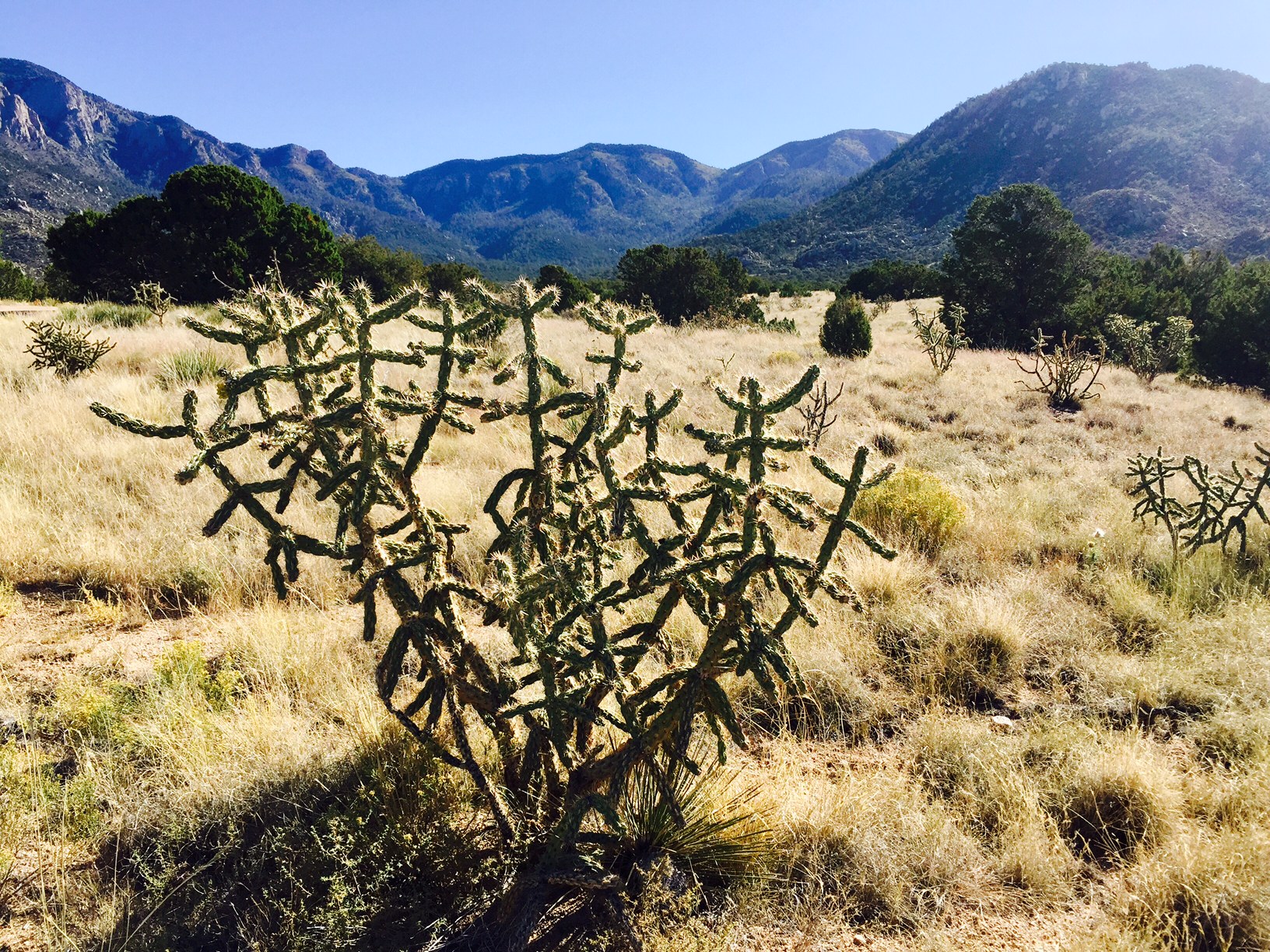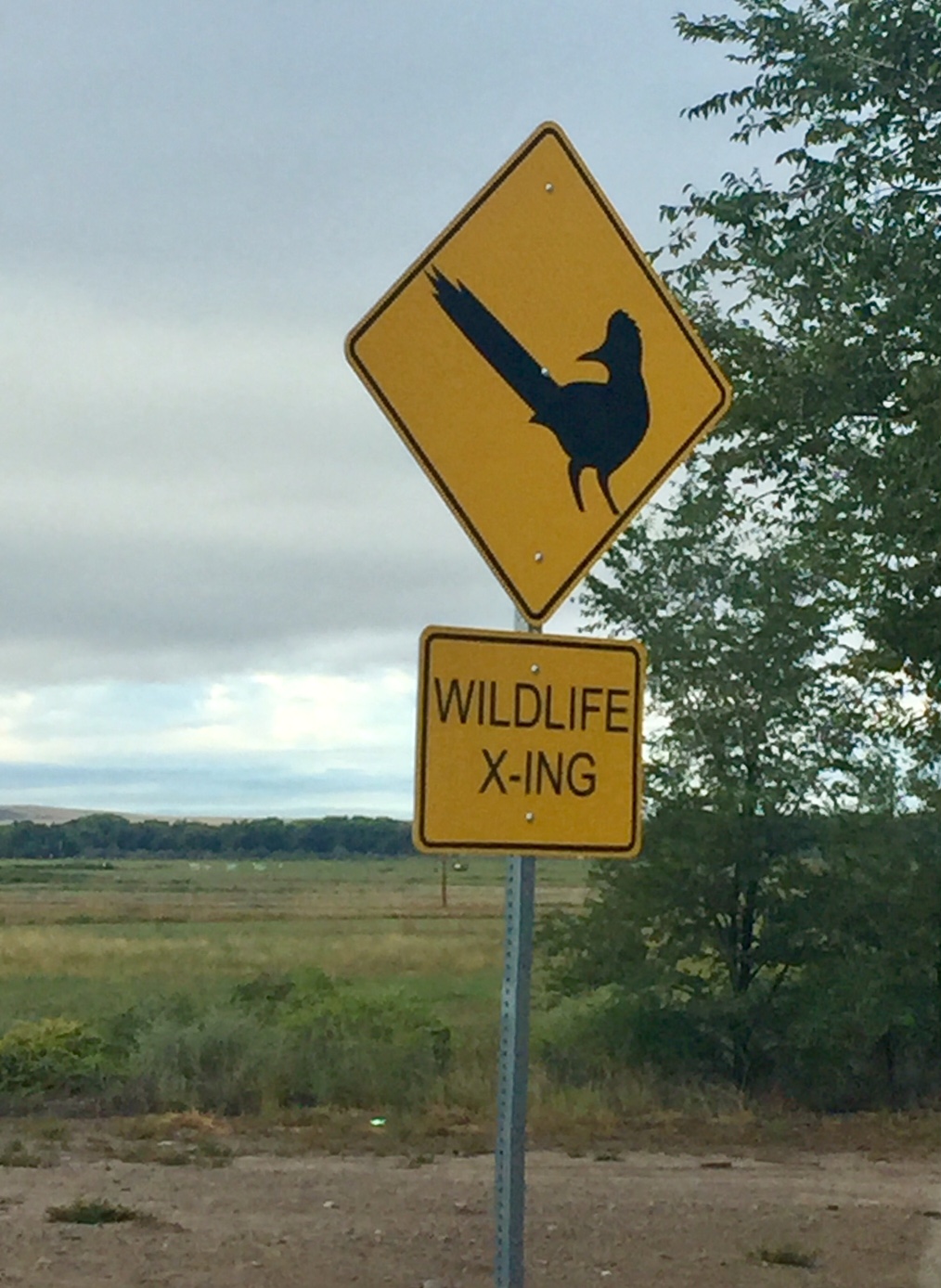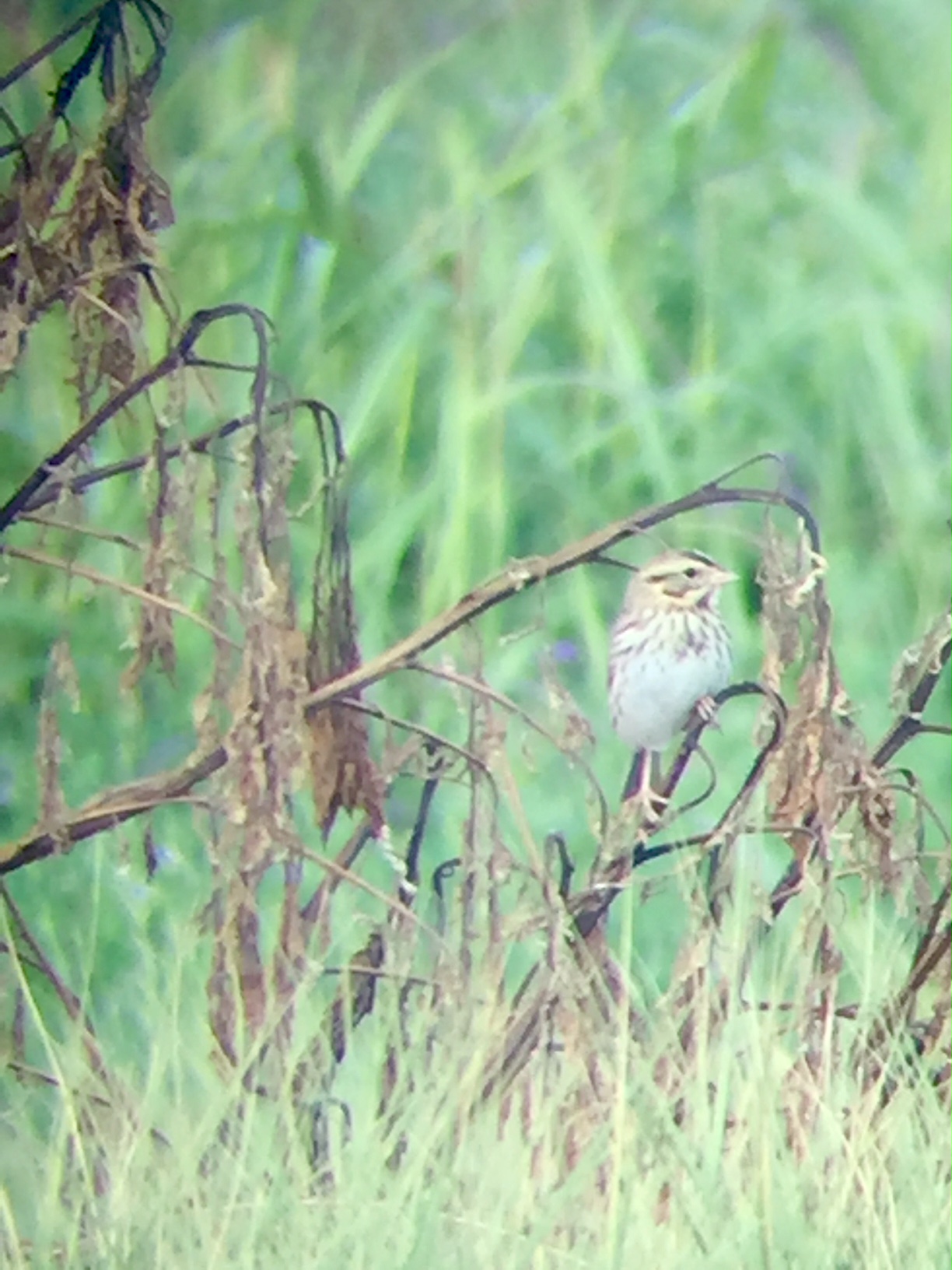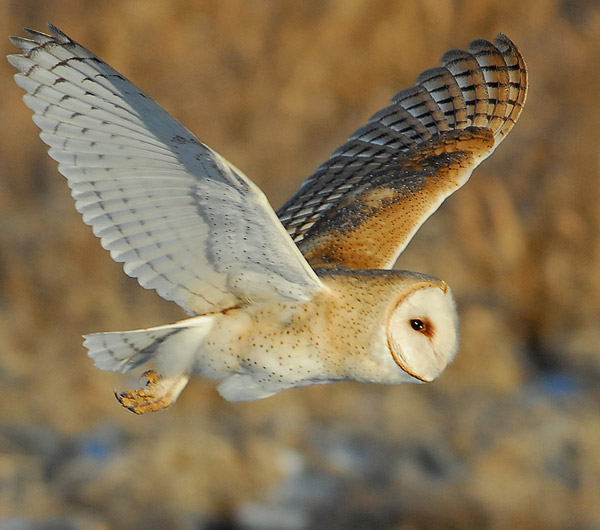Utah County Birders Newsletter
|
 |
Contents
October Meeting
Upcoming Field Trips
Captain's Log
Bird of the Month
Field Trip Report
Thursday, October 19th, 2017: Bean Museum, 7:00PM
The meeting this month will be on a different night
than usual.
We will meet on the third Thursday of the month, Oct 19, 2017, at the
Bean Museum.
J.J. Horns from the University of Utah Biodiversity and Conservation Ecology lab
will come talk to us about the bird banding project going on at their Red Butte
and Rio Mesa study sites.
Address for the Monte L. Bean Museum is 645 East 1430 North, Provo, UT http://mlbean.byu.edu/
FIELD TRIPS:
We're always looking for people to lead
trips, so if we're not leading them frequently enough, feel free to volunteer to
lead one! You don't have to be an expert, you just have to show up! :)
Monday, Oct. 9th, 2017: Garr Ranch and Antelope Island Causeway
6:30am - early afternoon. Meet at the Park and Ride lot off the NW end of
Pioneer Crossing on the I-15 American Fork Main Street exit at 6:30am to
carpool. We'll try and avoid rush hour traffic (although it may be unavoidable)
and cruise out to Garr Ranch first thing and then bird the causeway on our way
back. Bring a UT state park pass if you have one, or money to pay the entrance
fee.
We are actively recruiting people to lead local half-day field
trips, any time, any place. If you would like to lead a field trip or if you
have any ideas for this year’s field trips, please contact Keeli at -
keeli.marvel@gmail.com
Utah County Birders
Captain’s Log: October
2017
by Keeli Marvel; pictures also by Keeli Marvel
Just got back from a week in Albuquerque spent learning about wildlife issues
and research being done across the nation at the national Wildlife Society
meetings. The good news is there are some amazing people out there doing some
amazing things to help protect and conserve wildlife on our planet. I was
encouraged by the training I participated in and the stories of the people I
met.
I didn’t have a lot of time to go birding, but I did make it out a few times.
There are some great places to go birding in Albuquerque if you find yourself in
that part of the country. The first place, Rio Grande Nature Center within the
Rio Grande State Park, which stretches along the length of the Rio Grande river
on the West side of Albuquerque. There is a nature center with a plethora of
feeders, benches, bird blinds, and walking trails winding around the property.
This is a great place to see all kinds of birds including White-breasted
Nuthatches, several warbler species (we saw MacGillivray’s, Yellow, Yellow-rumped,
Orange-crowned, and Wilson’s), a few different hummingbird species, and lots
more. They also have a fabulous visitor center with windows looking out on a
pond and a neat little gift shop.
The second place I visited, I went in search of Canyon Towhees to add to my life
list, and was successful! On the west side of the valley, off of Tramway Blvd,
there is a park called Elena Gallegos Picnic Area and Park. There are hiking
trails and picnic areas there, but the best part was a paved walking trail that
ended in a blind looking out over a pond. There I picked up Downy Woodpeckers,
Plumbeous Vireo, my lifer Canyon Towhee, White-breasted Nuthatch, Western
Bluebirds, Bushtits, Juniper Titmice, several curious Woodhouse’s Scrub Jays,
another MacGillivray’s Warbler, some fresh looking Chipping Sparrows, and a few
other common species.

Cholla at Elena Gallegos Picnic Area
The last place I visited and highly recommend was the Valle de Oro Wildlife
Refuge at the south end of Albuquerque. This is a small refuge with actively
farmed agriculture fields adjacent to some wilder areas along the Rio Grande
River. This is also a good place to see a variety of species and I saw Black
Pheobes, Vesper, Savannah, White-crowned, and Song Sparrows, Wilson’s Warblers,
Belted Kingfisher, and Common Nighthawk, as well as a few more common species.


A sign at Valle de Oro NWR Savannah Sparrow at Valle de Oro NWR
Of course, one of the hot spots in the Albuquerque area is the Bosque del Apache
National Wildlife Refuge, just over an hour’s drive south of Albuquerque.
Several unique species have showed up there over the years. I unfortunately
didn’t have a chance to visit on this trip, but maybe one day…
I missed out on finding both a Chihuahuan Raven and a Curve-billed Thrasher,
both of which were on my target list. One bird at a time, that’s what I say (at
least until my lifering picks up the pace again – hah!).
Hope ya’ll are enjoying the beautiful fall weather and the leaves changing and
getting out to experience migration. I get hundreds of geese flying over my
house every night going from the corn fields to Utah Lake, and I love the sound
their wings make as they fly over.
Happy Birding!
|
|
|
Photo by Paul Higgins |
Barn Owl
Tyto alba
By Machelle Johnson
The Barn Owl, Tyto alba, is found around the world in temperate regions. A large
owl with a wingspan exceeding a meter (about three and a half feet), this
species has aroused fear and superstition for centuries. Reflecting this, the
species is also sometimes called the Ghost Owl, Death Owl, or the “bird of
doom.” (https://suite.io/rosemary-drisdelle/13b327t)
The description Pete Dunne gives this owl adds to the ghostly specter, "A pale,
slender, long-legged, monkey-faced owl that shrieks. Most commonly glimpsed as
it flushes from the structure into which you just intruded or when 'caught' at
the edge of your headlight beam as it flies in open country. A golden-backed owl
that turns an all-white face your way as it angles away". (Pete Dunne’s
Essential Field Guide Companion, Pg 326, 327)
The Barn Owl is a Spooky Bird, its appearance and habits have some features that
make it seem frightening to people:
The bird flies at night, winging over open areas such as fields, marshes,
heaths, and cemeteries, hunting for rodents.
Barn Owls are silent flyers, coming without warning upon their prey—and
sometimes upon humans who are out in the dark.
The birds have a pale breast and the underside of their wings is pale also,
making them luminescent and ghostly against the night sky.
Barn Owls have white faces with dark eyes, reminiscent of a ghost face or human
skull.
The vocalizations of Barn Owls include hisses and clicks, and a ghoulish drawn
out shriek that is abruptly cut off. Click on this link to hear the
vocalizations: http://www.allaboutbirds.org/guide/Barn_Owl/sounds
During the daytime, the owls roost in solitary, gloomy, secluded places:
abandoned barns and houses, church steeples, ruins, hollow dead trees.
Barn Owl droppings (pellets) contain skeletons of rodents that they have
swallowed whole.
The bird can move and turn its head in ways that seem unnatural.
(https://suite.io/rosemary-drisdelle/13b327t)
Myths and Superstitions about Barn Owls
The spooky characteristics of Barn Owls make it easy to understand why they have
been feared for so long and in so many cultures.
In folklore, Barn Owls were thought to be the animal familiars of wizards and
witches, and some witches were even said to ride on owls rather than
broomsticks.
The cry of an owl announced that a witch was near.
Barn owls were considered harbingers of death, their cry a warning that someone
was soon to die. They were also associated with ghosts.
They cursed people and were responsible for the deaths of babies.
Some thought Barn Owls were the Devil’s companions, able to make clairvoyant
predictions. (https://suite.io/rosemary-drisdelle/13b327t)
In North America, Cherokee Indians believed owls and other birds that called at
night were embodied ghosts and disguised witches. The Cherokee name for the
Great Horned Owl - "Tskili" - means a witch. Owl calls, hoots and cries -
considered omens of evil - were dreaded.
Sierra Indians believed Great Horned Owls captured the souls of the dead and
took them to the afterworld. Newuk Indians believed that after death the brave
and virtuous became Great Horned Owls and the wicked became Barn Owls. Pima
Indians gave owl feathers to the dying - perhaps to help them connect with the
owls awaiting their souls. Tlingli Indian warriors rushed into battle hooting
like owls. Kiowa medicine men derived their powers from owls and became owls
after death. (http://www.knoxnews.com/knoxville/life/spooky-myths-about-owls)
There are a number of Native American stories about owls, most of which related
to their association with prophecy and divination. The Hopi tribe held the
Burrowing Owl as sacred, believing it to be a symbol of their god of the dead.
As such, the Burrowing Owl, called Ko’ko, was a protector of the underworld, and
things that grew in the earth, such as seeds and plants. This species of owl
actually nests in the ground, and so was associated with the earth itself.
(http://paganwiccan.about.com/od/othermagicspells/a/Legends-And-Lore-Of-Owls.htm)
In his book, Field Guide to Owls of California and the West, Hans Peeters
remarks, “A cornered barn Owl puts on an impressive threat display. Not only
does it, like other owls, bend forward and spread its wings to increase its
apparent size, but it also may then go on to rock from side to side and back and
forth and swing its head like a pendulum, or lunge at the intruder, all the
while hissing like escaping steam, snapping its bill, and stamping its feet. He
also relates this story: “On a warm spring night in the inner Coast Range, two
of these owls swooped repeatedly at two young dogs scampering by a campfire,
occasionally hurling invective in the form of blood-curdling shrieks. (pg. 168)
Late one night several years ago, Sheryl and I wanted to check out the Barn Owls
in the box that had recently been put up to relocate the owls from the training
helicopter at the Provo Airport. It was about 10pm and dark. We pulled up on the
side of the complex, directly west of the box. We got out our lawn chairs and
bug spray and sat by the fence watching the box. We were able to see 2 adults
flying around, in and out of the box, and could hear faint hissing coming from
the box. While we were watching, a night watchman inside the complex saw us. He
wasn’t sure what to make of two women in lawn chairs with binoculars scoping out
the area. Better safe than sorry, he called the Police…pretty soon a cruiser
pulled up and an officer came over to us. He asked what we were doing, we told
him and offered our binoculars to have a look for himself. He thought it was
pretty cool, watched with us for a while, then told us to be careful and stay
out of trouble. We watched for a bit longer, and were rewarded with a couple of
shrieks and bill snaps, and fly-overs! It was a night we’ll never forget.
If you would like to
write an article for the Bird of the Month, please contact
Machelle -
machelle13johnson@yahoo.com
Click here for past 'Birds of the Month'.
Squaw Peak Hawkwatch on Saturday, Sep 16, 2017
By Keeli Marvel
We had pretty good turnout of visitors for our hawk migration watch at Squaw
Peak this year. Hawkwatch brought two of their education birds, a Western
Screech Owl and a Swainson’s Hawk for visitors to get a closer look at. Flights
during the day were fairly slow compared to last year. We recorded just over 80
individual raptors of ten different species throughout the day, including one
Osprey over the north end of Utah Lake. Cooper’s Hawks were by far our most
observed species, with a total of 32 for the day. Totals for the day were:
Turkey Vulture- 8
Osprey -1
Golden Eagle -8
Northern Harrier -1
Sharp-shinned – 11
Cooper’s Hawk -32
Accipiter sp. (could not be determined) – 2
Swainson’s Hawk – 2
Red-tailed Hawk-11
Peregrine Falcon – 1
American Kestrel – 1
Thanks everyone who came out and joined us!
Printable Version of this UCB Newsletter
